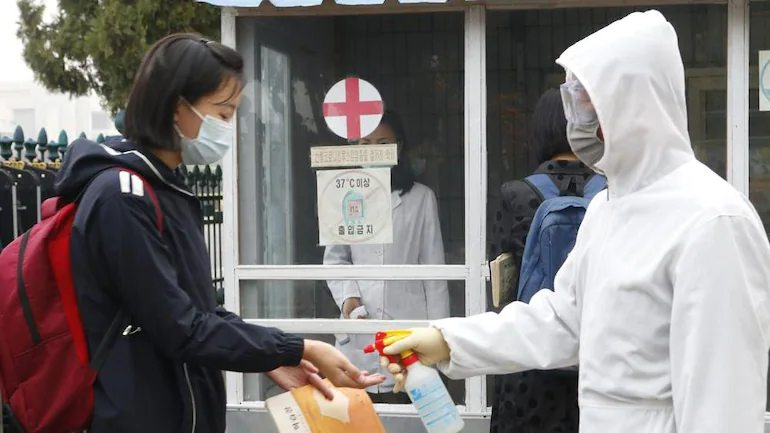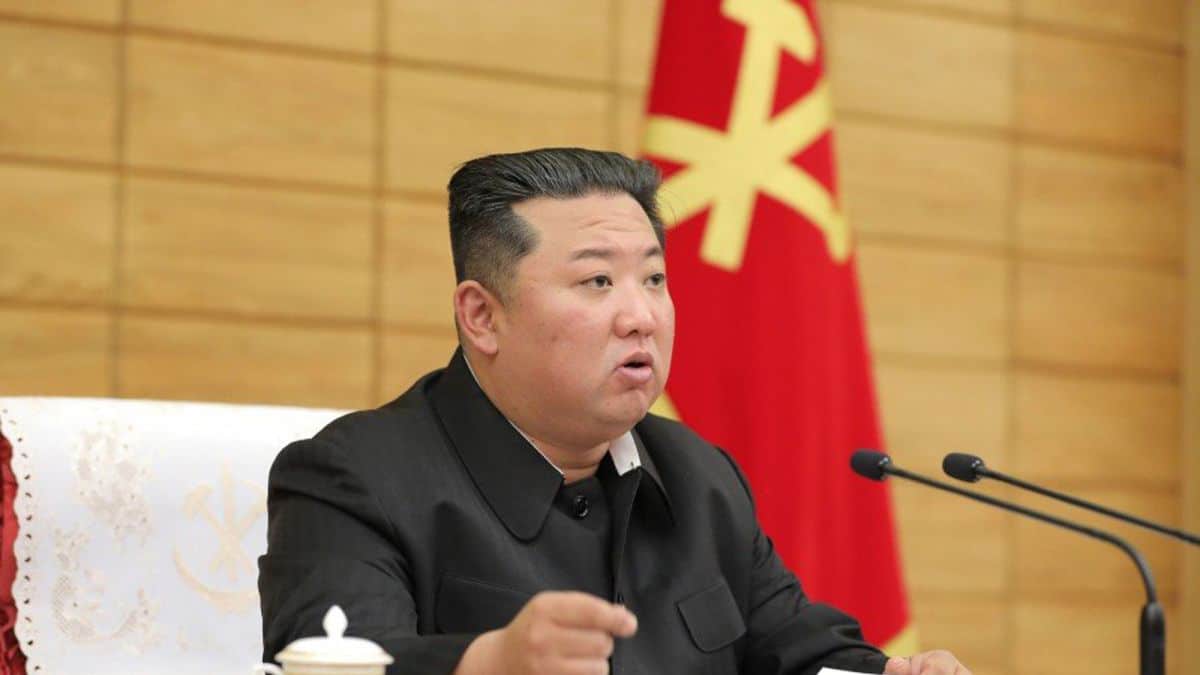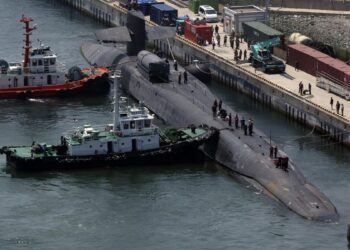Until late last week, the North Korean government had firmly denied any confirmed cases of the virus within their borders, making it one of only three countries worldwide to have remained uncontaminated by the pandemic to date.
However, on Thursday, the state media confirmed that an “obscure febrile disease” had infected 350,000 people nationwide, and the experts almost certainly believe it is an outbreak of COVID-19.
Then, three days later, state media confirmed a total of more than 1.2 million people across the country reported symptoms of fever which appear to have been spreading explosively throughout North Korea since late April.

As of Tuesday evening, the country which has a population of roughly 26 million people, has reported 1.72 million patients with fever symptoms, including 62 deaths.
With the shortage of testing supplies, the case numbers are almost certainly much higher than what is currently being reported, and expert fears of a mass death event are plausible, given the already volatile health situation inside the country.
“I imagine that you’re going to see higher death rates than in other countries, simply because one: no one’s vaccinated, and two: health overall is poorer in North Korea than it is in most of the rest of the world,” said Ethan Jewell, a Seoul-based data correspondent with outlet NK News, told Vice World News. “You’re looking at an existential crisis for some portions of the population.”
The capital city of Pyongyang has health care centres, but the areas outside it are where it gets worse. The country’s lack of COVID-19 vaccines and treatment drugs, an inability to perform mass testing, and a population that is already malnourished as a result of an isolated economy that has only worsened during the pandemic.
The country’s nuclear weapons programme has made the relations between Kim Jong-un’s regime and the international community grow only tenser.

On the contrary, attempts to sever all contact with the outside world have also had a devastating impact on North Korea’s economy, food stocks and fuel shortages, as supplies from neighbouring countries like China have dried up.
Not only that, the Kim regime had refused multiple offers of vaccines from the outside world, pledging instead to fight the pandemic in “our style.”
In September, UNICEF claimed that the North Korean government rejected roughly 3 million doses of China’s Sinovac vaccine, offered at no cost. It also rejected 2 million doses of AstraZeneca, due to apparent concerns about potential side effects.
On Tuesday, North Korean leader Kim Jong-un slammed his country’s response to its first officially confirmed COVID-19 outbreak. Presiding over a Politburo meeting of the ruling Workers’ Party, he said the “immaturity in the state capacity for coping with the crisis” increased the “complexity and hardships” in fighting the pandemic when “time is the life”, according to the KCNA.
How did it get there?
A success story of a country that managed to get so far into the pandemic without an outbreak, is now on the verge of a humanitarian catastrophe. The country had its borders sealed since January 2020, with no movement in or out of the country. It makes sense that they’ve had no COVID-19 until now.
Hong Min, a researcher at the Seoul-based Korea Institute for National Unification, told AFP the current COVID outbreak is “closely linked to the April 25 parade.” A military parade was held in Pyongyang on April 25 to celebrate the 90th anniversary of the founding of the army. Several thousand unmasked people attended it, including numerous soldiers who have since tested positive.

“The prevailing theory seems to be that the virus did in fact cross the border from northeastern China, which in recent months has been ravaged by its own biggest outbreaks to date.”
Though trade between the two nations had been suspended since early 2020, there have been reports of people illegally moving back and forth across sections of the border smuggling goods in a bid to provide essential resources to the North Korean communities.
“It’s very possible that units from the northern border regions came into contact with someone who had come into contact with the smugglers, and then they went down into Pyongyang and marched in this giant condensed military formation smack in the middle of the city,” Hong Man said to Vice World News.
Also Checkout: Are we over with the COVID-19 pandemic?
















